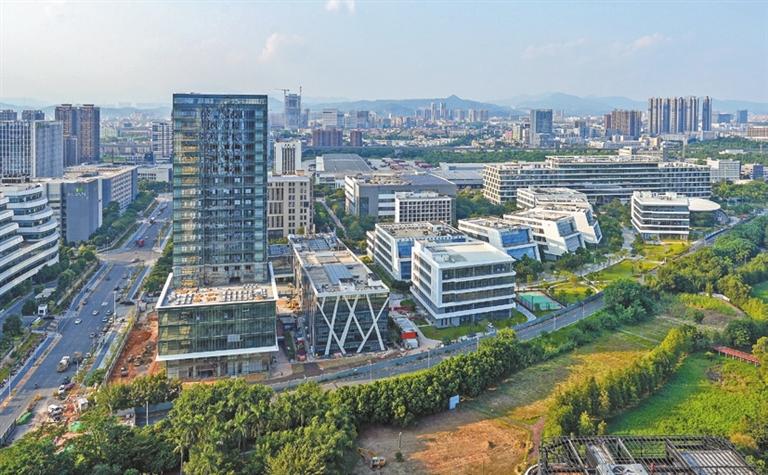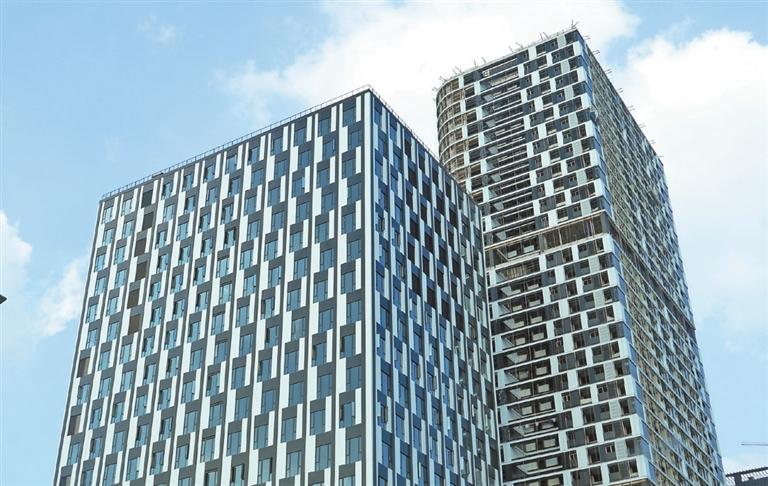






THE construction of the Biomedical Enterprise Accelerator Phase 2 in Pingshan District is set to reach its completion in June. Spanning an area of 106,000 square meters and featuring a construction area of 689,500 square meters, the site is positioned as a premier comprehensive biomedicine demonstration zone in China. It aspires to serve as a pivotal showcase for scientific and technological innovation, industrial clustering and the convergence of industries in tandem with urban development, contributing significantly to the advancement of the biological industry in the Guangdong-Hong Kong-Macao Greater Bay Area (GBA). Located within the State Biological Industrial Base in Kengzi Subdistrict, Phase 2 has 15 buildings: four as biomedical accelerators, seven as medical device accelerators, two for research and development (R&D), one for animal testing and an apartment building with commercial and public amenities. Following the high-rise vertical factory model, the tallest building in the site ascends to 200 meters and the highest floor height can reach 85 meters. At its zenith rests a 20-meter-diameter helipad capable of supporting helicopters with up to 6-ton loading. This will facilitate swift aerial connectivity to the airport in Bao’an, central Futian and more places in the future, thereby fostering collaboration among biomedicine enterprises in the GBA. A factory in the site exhibits a remarkable load-bearing capable of up to 1.2 tons per square meter, with elevators in each building capable of transporting oversized and heavy equipment, including cargo elevators bearing up to 3 tons each. To meet diversified R&D and production needs, select laboratories employ intelligent and highly efficient refrigeration technologies to precisely regulate air circulation speed, temperature and carbon dioxide content, culminating in a reduction of carbon emissions by over 30%. Furthermore, steam utilized in biomedicine production is generated through the repurposing of electrical waste heat. An on-site sewage treatment station has been established to manage wastewater produced during operations, mitigating the wastewater treatment expenses. Several notable institutions and enterprises have expressed interest in establishing a presence within the site, which is set to introduce a one-stop service platform catering to biomedicine, medical devices, and regenerative medicine, encompassing the entire spectrum from early-stage R&D to ultimate commercialization. (Cao Zhen) | 
